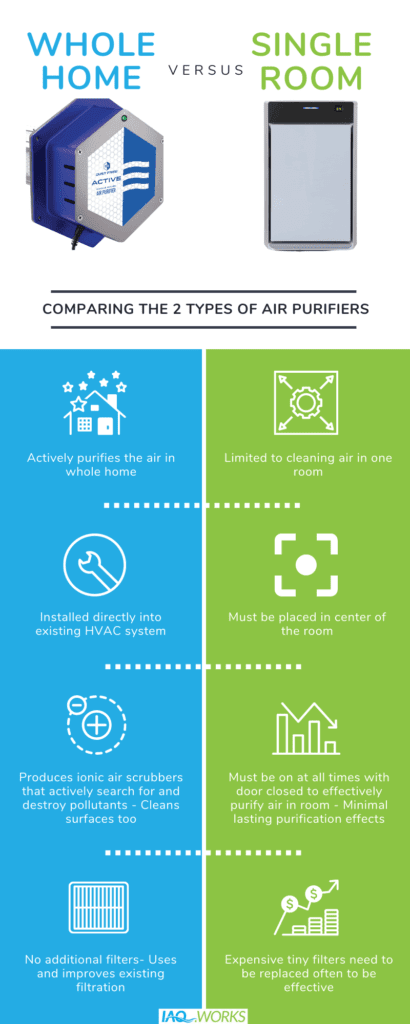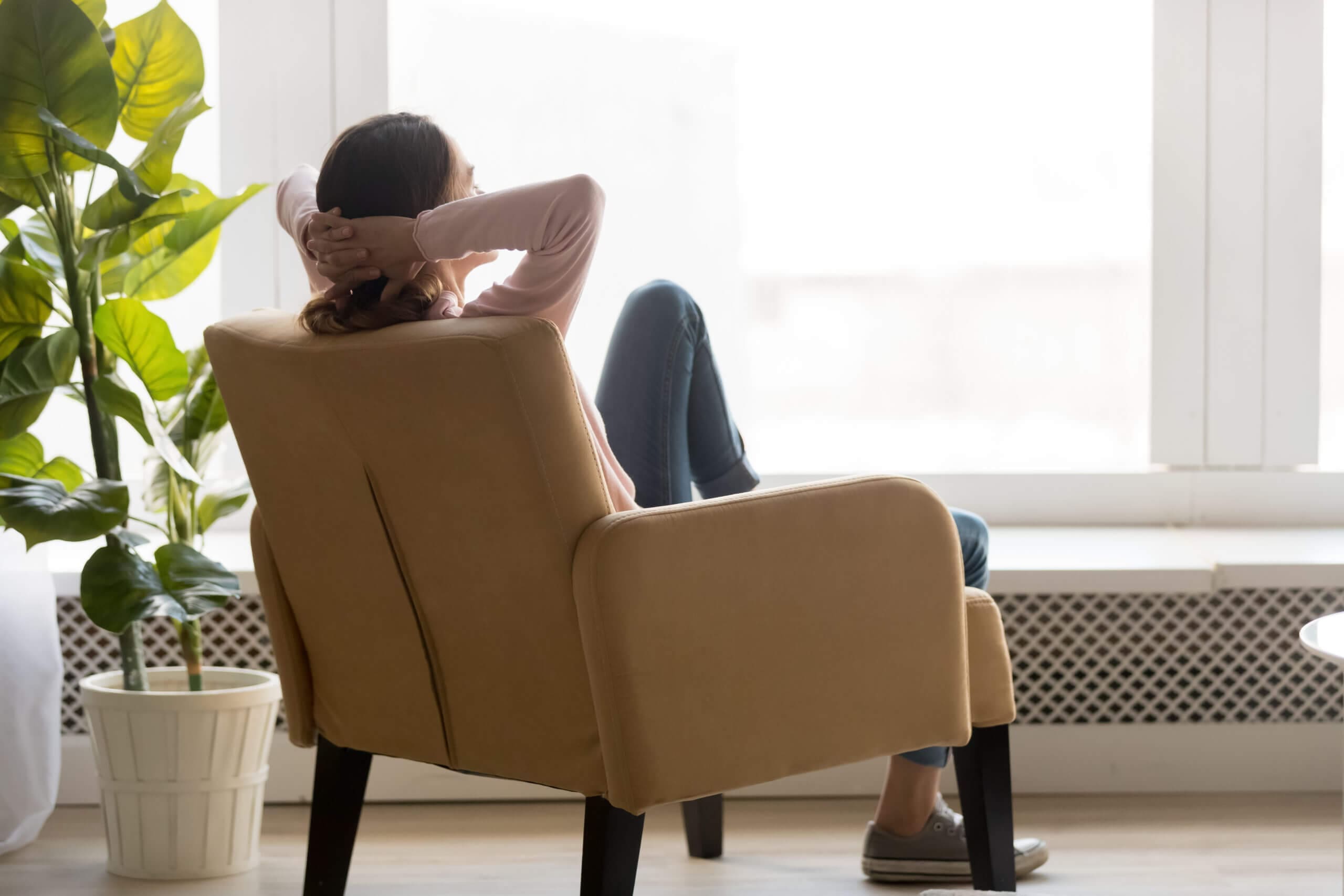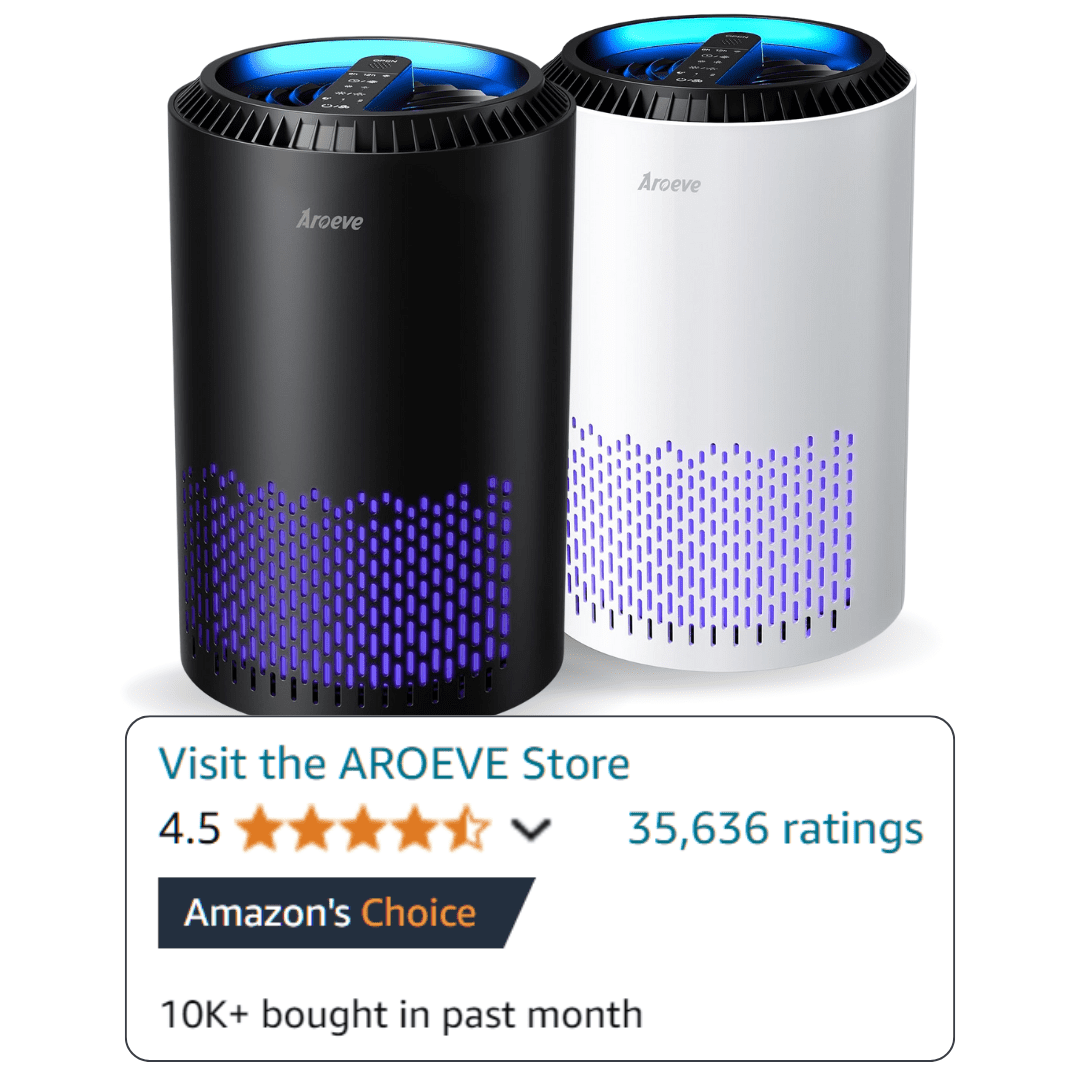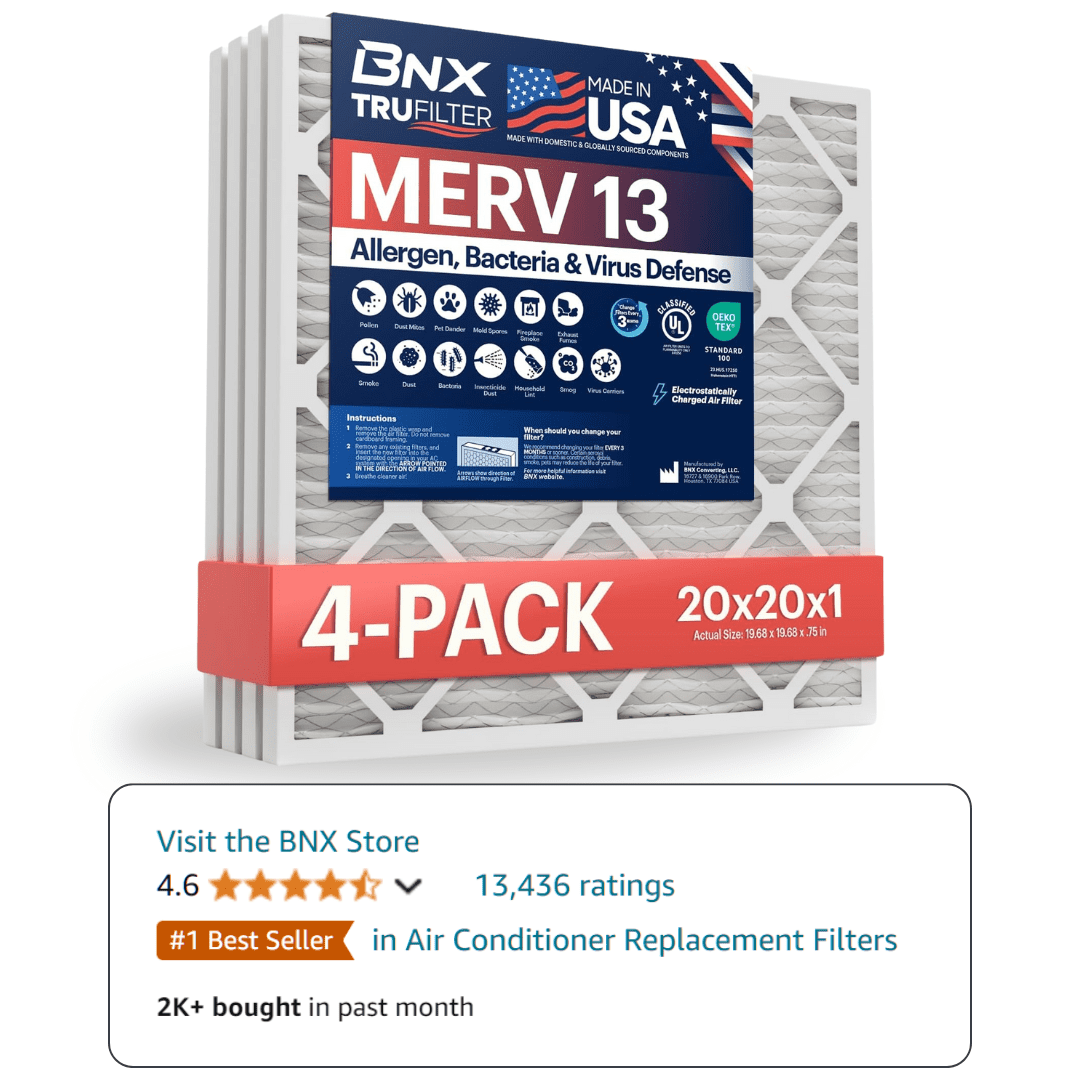Between single-room units and whole-home air purifiers: which one is better?
The answer will depend on what “better” is for your indoor space. Better often means something different for everyone. Price, effectiveness, and convenience all play a role in deciding the best home air purifiers and what to invest in to improve indoor air quality.
Unfortunately, there is a lot of contradictory information when it comes to what the best air purifier options are. That said, it’s time we explain the benefits of both single-room and whole-home systems to help you make the right choice for your home and the health of the people living in it.
Single Room Air Purifiers for Personalized Air Quality Control
Benefits of Single-Room Air Purifiers
- Targeted Purification: Excellent for focusing on specific areas in your home. A single-room purifier can provide targeted air cleaning if you have a room where allergens or pollutants are particularly problematic.
- Portability: These devices are typically compact and lightweight, making them easy to move from room to room. This means you can take the purifier to wherever you need it most, providing flexibility in improving indoor air quality.
- Cost-Effective: Initially less expensive than whole-home systems. They can be a more affordable option for individuals or families exploring air purification solutions.
- Ease of Use: Most air purifiers are plug-and-play devices. They require minimal setup, and operating them is usually as simple as pressing a button.
- Quiet Operation: Designed to operate quietly, making them ideal for use in bedrooms, studies, or any other spaces where noise could be disruptive.
Ideal Situations for Using Single-Room Air Purifiers
- Small Living Spaces: A single-room air purifier may be all you need to maintain good air quality if you live in a small apartment or studio.
- Specific Allergy or Asthma Triggers: If someone in your household has allergies or asthma and there’s a specific room where they tend to have more issues (like a bedroom or living room), a single room purifier can help reduce triggers in that space.
- Home Offices or Study Rooms: For those who spend a lot of time in a home office or study, a purifier can help keep the air clean and fresh, improving focus and productivity.
- Rooms with Pets: If you have pets, an air purifier can be beneficial in rooms where your pets spend most of their time. It can help reduce pet dander and associated odors.
- High Pollution Areas: If a particular room in your home is prone to higher levels of pollutants — for example, a kitchen (cooking fumes) or a basement (potential mold or mildew) — a single room purifier can help keep the air in these spaces clean.
Whole-Home Air Purification Systems
Benefits of Whole-Home Air Purification Systems
- Comprehensive Coverage: Whole-home air purification systems are designed to clean and purify the air throughout your entire home. This means every room benefits from cleaner, healthier air, not just a single space.
- Integration with HVAC: These systems are integrated with your home’s existing HVAC system. As your HVAC operates, it circulates air through the purifier, ensuring that clean air is distributed throughout your home.
- Efficiency: Whole-home systems are more efficient at purifying air than single-room units. They can handle larger volumes of air and often remove a higher percentage of pollutants.
- Low Maintenance: Whole-home systems usually require less frequent maintenance compared to single-room purifiers. This can save you time and effort in the long run.
- Quiet Operation: Since whole-home systems are integrated into your existing HVAC system, they don’t add any additional noise to your home environment.
Ideal Situations for Using Whole-Home Systems
- Large Homes: If you live in a large home, a whole-home air purification system can be more effective and efficient than multiple single-room purifiers.
- Families with Allergies or Asthma: If multiple family members suffer from allergies or asthma, a whole-home system can help ensure that all living spaces are free from allergens and triggers.
- Homes with Pets: A whole-home system can help manage pet dander and odors more effectively than single-room units for homes with multiple pets.
- High-Quality Indoor Air: If you’re particularly concerned about maintaining high indoor air quality throughout your home — for example if you have young children, elderly family members, or individuals with compromised immune systems — a whole-home system can provide the comprehensive coverage you need.
- Homes in Polluted Areas: If you live in an area with high outdoor pollution levels, a whole-home system can help ensure that your indoor air remains clean and healthy, providing a safe haven from outdoor pollutants.
The Best Whole-Home Active Air Purification System
What you want from the ideal whole-home purification system is one that uses bi-polar ionization.
This process fills indoor air with both positive and negative ions that make indoor air pollutants larger and thus easier to capture and remove.
These systems actively seek out and destroy pollutants in the air and on surfaces.

Which System Filters Better?
Technically, single-room purifiers with HEPA filters are better filters than those commonly found in residential systems. Whole-home systems don’t need their own filter. That’s because they work with the filter already installed in your HVAC system.
We recommend upgrading to MERV 13 air filters. They are 3 inches thick but fit into the 1-inch slot where the current filter is. Your filtration system works with the whole-home purifier without costly adaptations. MERV 13 filter, coupled with a dual active technology air purification system, dramatically improves indoor air quality.
Effectiveness Comparison:
- Single Room Air Purifiers: These units effectively purify the air within a specific room. They can be particularly useful for targeting specific allergens or pollutants in a particular area of your home.
- Whole-Home Systems: These systems are designed to purify the air throughout your entire home, making them more effective at improving overall indoor air quality. They can remove a higher percentage of pollutants and allergens from the air, providing a healthier living environment for everyone in your home.
Which One Is Cheaper?
- Single Room Air Purifiers: These units are generally less expensive upfront, making them a more affordable initial investment. However, if you need to purify the air in multiple rooms, purchasing several units can add up. The ongoing cost of replacing filters can also be significant over time.
- Whole-Home Systems: These systems typically have a higher upfront cost as they are more complex and require professional installation. However, they can be more cost-effective in the long run, especially for larger homes, as you only need one system for the entire house. The ongoing maintenance costs can also be lower, depending on the type of system and filter used.
Which One Is More Convenient?
A portable unit’s main convenience is it can be set up and maintained without professional help. Standalone units can also be moved to the space where you need them.
Directly installed into the HVAC system, the whole-home system is much more convenient. When the HVAC system is on, it’s working. Compare that to the consistent having to shift the location of single-room units and centering it in rooms for efficiency, and I think you have your answer.
- Single Room Air Purifiers: These units are portable and easy to set up, making them a convenient option for moving the purifier between rooms. They require regular maintenance and filter changes, which can be time-consuming.
- Whole-Home Systems: Once installed, these systems operate automatically with your HVAC system, providing continuous air purification without any effort. They require less frequent maintenance, making them a more convenient option for busy households. They require professional installation, which can be less convenient initially.
Making the Right Choice: Selecting the Best Air Purifier for Your Needs
Choosing the right air purifier for your home is a crucial decision that can significantly impact the quality of your indoor air and, consequently, your health and well-being.
As we’ve explored in this guide, the choice between single-room air purifiers and whole-home systems depends on a variety of factors, including the size of your home, your specific air quality concerns, your budget, and your preference for convenience and ease of maintenance.
- For individuals living in small apartments or dealing with specific allergy triggers in certain rooms, a single room air purifier may be the best choice.
- For families living in larger homes, especially those with multiple allergy sufferers or pets, a whole-home system can provide the comprehensive coverage and efficiency needed.
- If convenience and low maintenance are your top priorities, a whole-home system would be a more suitable choice, despite the higher upfront cost.
Your journey to cleaner, healthier indoor air starts with making an informed choice about the best air purifier for your needs.
We encourage you to explore more about air purifiers, understand their features, and consider how they can address your specific air quality concerns.
Remember, the right air purifier is an investment in your health and well-being. Start exploring our range of air purifiers today and take the first step towards breathing cleaner, healthier air.



